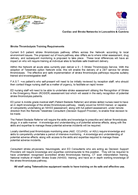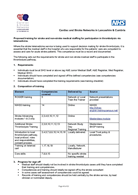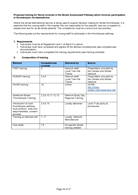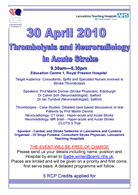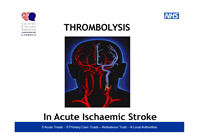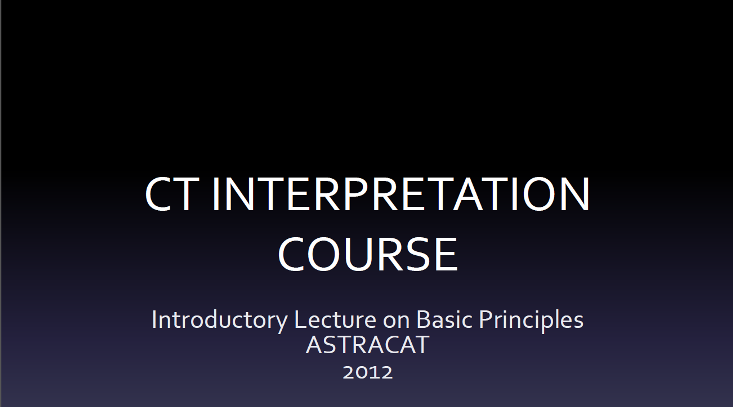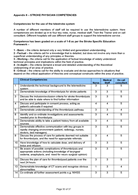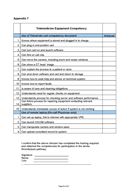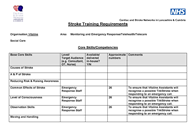Section 4: Telestroke Training
Guidelines suggest that staff providing telestroke services should have an appropriate level of expertise in stroke care and experience of the technical system. All decision-support providers must have training and experience in diagnosing and treating acute cerebrovascular disease. Training should occur at regular intervals. There should be effective clinical and educational collaboration between network participants. 1
Research on potential barriers to the ability of staff to deliver telestroke includes:
- Lack of capability of staff within emergency departments to undertake neurological assessment or read CT scans, with possible over-cautiousness about the risk of haemorrhage 9, 10
- Staff turnover in emergency departments, and potentially low rates of system usage for individual clinicians 3, 4
- Lack of local IT staff to support the telestroke technical system 3, 4
- Cultural differences and lack of communication routes between disciplines, and centres 3, 4
| Other telestroke projects detail the implementation tasks and resources to: | Lessons learned from the case study include: |
|---|---|
| 4.1 Clinical Training for telestroke | Who should do
|
| 4.2 Wider Training and Updating | Training provision and updating Cultural issues |
4.1 Clinical training for telestroke
Staff at the patient referral site will need training in the initial assessment of suspected acute stroke, and in equipment set-up, use, and maintenance of the telestroke equipment; staff undertaking a decision-support provider role need training in remote desktop access to the system and manipulation of the camera. 8, 9 Training in the local environment, and use of simulation might be useful. 10
Lessons learned from the case study:
- Who should do
- Who should assess competence in telestroke?
- Building confidence and expertise in telestroke
4.2 Wider Training and Updating
Continuous education and training is needed. 3, 4 7, 8 Some systems identify “superusers” – people who take responsibility for system training and retraining, and who take a lead in communication. 8 Monitor the turnover of IT staff in participating organisations, and maintain the training of new IT staff in telestroke system support. 3, 4
| Implementation task | Detail |
|---|---|
| Training administration | Provided by Telestroke Administrator |
Training updating |
Refresher training is provided by the Telestroke Administrator as necessary according to Site Reports There are monthly MDT meetings for Consultants that attract CPD points |
| IT staff training | Provided by Telestroke Administrator as necessary according to site reports |
Lessons learned from the case study:
- Training provision and updating for telestroke
- Cultural issues




